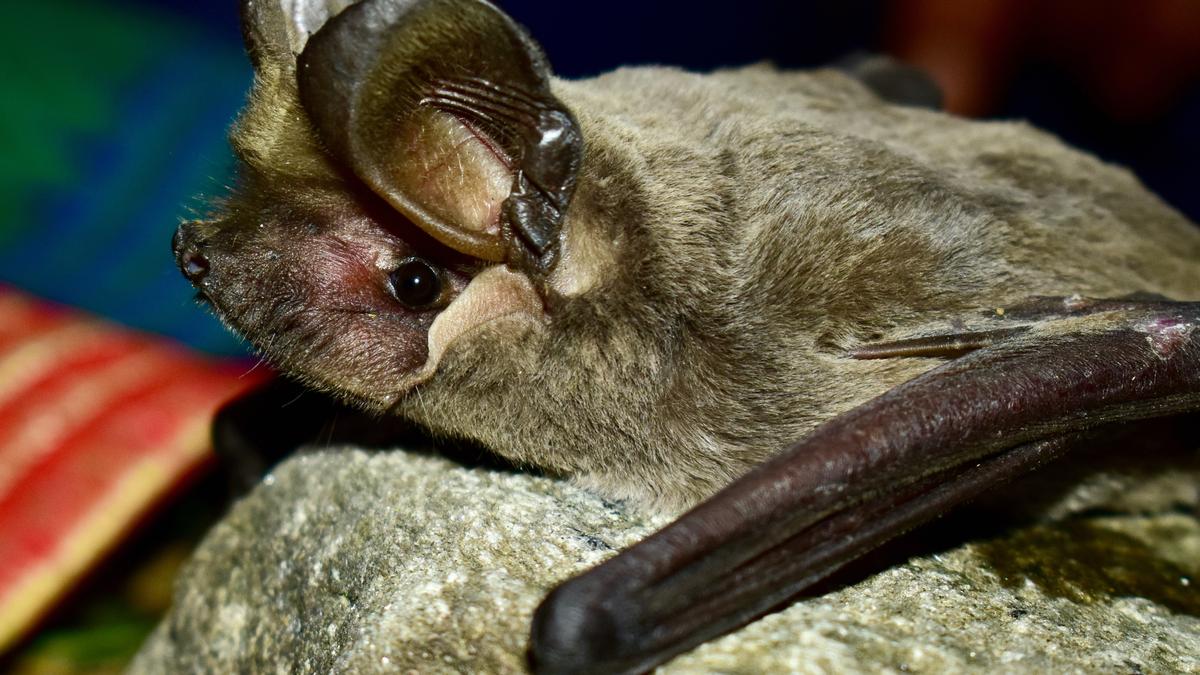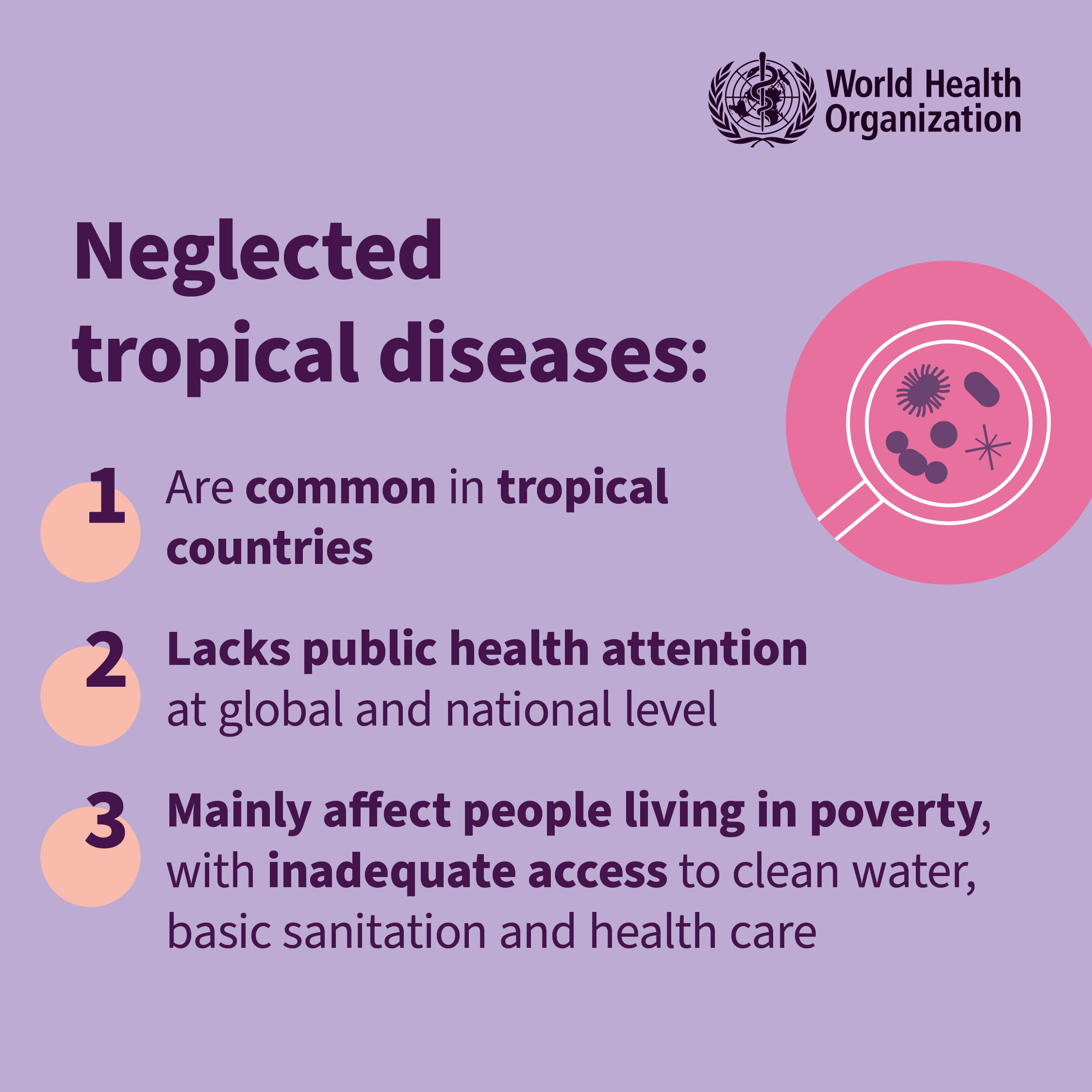Myotis himalaicus

- 10 Jun 2025
In News:
A new bat species, the Himalayan Long-Tailed Myotis (Myotis himalaicus), has been described based on fieldwork in Uttarakhand and historical specimens from Pakistan. Published in Zootaxa journal by a team of Indian and international scientists.
Key Findings of the Study
- Study Area: Western Himalayas – Himachal Pradesh & Uttarakhand (2017–2021).
- Total Bat Species Documented: 29, including new records and confirmations.
- Raises India's bat species count to 135.
About Himalayan Long-Tailed Myotis (Myotis himalaicus)
Feature Description
Family/Genus Belongs to the Myotis frater complex
Habitat Deodar, pine, and cedar forests on southern Himalayan slopes
Distribution Found in Uttarakhand (India) and Khyber Pakhtunkhwa (Pakistan)
Size Medium-sized (~3.5 inches, <1 oz)
Morphology Delicate feet, long thumbs with short claws, short ears, fine teeth
Conservation Status Recently described; appears rare
Other Major Additions/Clarifications
- East Asian Free-Tailed Bat (Tadarida insignis):
- First confirmed record in India.
- Extends known range eastward by 2,500 km.
- Earlier misidentified as Tadarida teniotis.
- Babu’s Pipistrelle (Pipistrellus babu):
- Revalidated as a distinct species, not a synonym of Javan pipistrelle.
- Distribution: Pakistan, India, Nepal.
- First specimen-based confirmations in India for:
- Savi’s pipistrelle (Hypsugo savii)
- Japanese greater horseshoe bat (Rhinolophus nippon)
Ecological Importance of Bats
- Insect Control: Consume pests and mosquitoes.
- Pollination & Seed Dispersal: Important for forest regeneration.
- Fertilizer Contribution: Bat guano rich in Nitrogen & Phosphorous; boosts crop yield.
NASA's Mars Odyssey captures volcano piercing ice cloud belt
- 10 Jun 2025
In News:
- Recently, NASA’s 2001 Mars Odyssey orbiter captured a stunning image of Arsia Mons, a giant Martian volcano, rising through a morning belt of water-ice clouds.
- First such astronaut-like horizon view of Tharsis Montes volcanoes on Mars.
About Arsia Mons
- Part of Tharsis Montes, a trio of volcanoes near Mars' equator.
- Height: ~20 km (12 miles) – twice the height of Mauna Loa, Earth’s tallest volcano.
- Cloudiest of the Tharsis volcanoes.
- Cloud formation due to orographic uplift and cooling during Mars’ aphelion (farthest point from Sun).
- Featured in the aphelion cloud belt — a seasonal band of water-ice clouds.
Mission Evolution
- Mars Odyssey, launched in 2001, is the longest-operating Mars orbiter.
- In 2023, began a new imaging mode: rotating its THEMIS camera to capture horizon views of Mars’ upper atmosphere.
- These angled images help study seasonal changes in dust and water-ice cloud layers.
Scientific Significance
- Helps track Martian atmospheric evolution, especially cloud behavior and dust storms.
- Valuable for future human missions:
- Assists landing site safety planning.
- THEMIS also detects subsurface water ice, key for astronaut resource use.
Instruments and Collaborators
- THEMIS: Thermal Emission Imaging System, captures both visible and infrared light.
- Managed by NASA’s JPL, designed by Arizona State University, built by Lockheed Martin.
Stratospheric Aerosol Injection (SAI)
- 10 Jun 2025
In News:
A study recently published in the journal Earth’s Future offered an innovative approach to SAI technique that could reduce its costs but also bring it closer to fruition despite the opposition to it.
What is Stratospheric Aerosol Injection (SAI)?
- SAI is a proposed solar geoengineering technique to cool the Earth by injecting reflective aerosols (e.g. sulphur dioxide) into the stratosphere to reflect sunlight and reduce surface temperatures.
- Inspired by volcanic eruptions, like Mount Pinatubo (1991), which naturally cooled the Earth by emitting aerosols.
Recent Study Highlights (June 2025)
- Published in Earth’s Future journal.
- Led by Alistair Duffey, University College London.
- Used UK Earth System Model 1 (UKESM1) for climate simulations.
Key Findings
- Injecting 12 million tonnes of sulphur dioxide annually at 13 km altitude (spring/summer in each hemisphere) could cool the Earth by ~0.6°C.
- To cool by 1°C, ~21 million tonnes/year are needed at that altitude.
- Only 7.6 million tonnes/year are needed at higher altitudes (subtropics) for the same cooling.
Innovative Proposal
- Low-altitude SAI using modified existing aircraft (e.g. Boeing 777F) instead of specially designed high-altitude aircraft:
- Stratosphere is lower near poles (12–13 km), so current aircraft can reach it.
- Cost-effective and faster to deploy than high-altitude (~20 km) methods.
- Could begin within years, rather than a decade-long wait for new aircraft.
Risks and Concerns
- Tripling aerosol quantity (in low-altitude strategy) raises:
- Ozone depletion
- Acid rain
- Altered weather patterns
- Uneven global effects (benefits poles more, tropics less)
- Moral hazard: may reduce incentives to cut emissions.
- Governance challenge: One country’s action impacts all nations → risk of geopolitical conflict.
Why it matters
- Global GHG emissions are still rising.
- Climate mitigation through decarbonisation is slow and politically vulnerable.
- Technologies like SAI offer a stopgap, but not a substitute for emission cuts.
Neglected Tropical Diseases (NTDs)

- 10 Jun 2025
In News:
Current Global Progress
- As of May 2025, 56 countries have eliminated at least one NTD, aligned with WHO’s 2030 target (100 countries).
- Between Jan 2023 – May 2025, 17 countries were officially acknowledged by WHO for NTD elimination.
- World NTD Day: Observed annually on 30th January.
What Are NTDs?
- NTDs are a group of infectious diseases affecting over 1 billion people, mainly in tropical and poor regions.
- Caused by parasites, bacteria, viruses, fungi, or toxins.
- Common NTDs include:
- Lymphatic Filariasis (Elephantiasis)
- Onchocerciasis (River Blindness)
- Schistosomiasis
- Soil-transmitted helminths
- Trachoma, Dengue, Kala-azar (Visceral Leishmaniasis)
Impact of Official Development Assistance (ODA) Cuts
- Major donors like the US and UK have withdrawn NTD funding:
- USAID previously provided US$ 1.4 billion, supporting 3.3 billion treatments across 26 countries, helping 14 of them eliminate at least one NTD.
- UK ended its ‘Ascend’ NTD programme in 2021.
WHO Warning:
- On 10 April 2025, WHO cautioned that over 70% of country offices reported health service disruptions due to ODA cuts.
- NTD services have been disrupted at levels similar to peak COVID-19.
Climate Change & Emerging Threats
- Climate change is worsening the NTD burden:
- Dengue declared a Grade 3 Emergency in 2024:
- 14 million cases, 10,000 deaths across 107 countries.
- Geographical expansion of vector-borne NTDs continues.
- Dengue declared a Grade 3 Emergency in 2024:
Public-Private Partnerships
- Pharma companies have donated US$ 12 billion+ worth of drugs (2011–2025), including: GSK, Pfizer, Sanofi, Merck, Bayer, Novartis, Johnson & Johnson, among others.
Recent Global Action
- At the 78th World Health Assembly (May 2025):
- Two NTD-related resolutions adopted:
- Eradication of Dracunculiasis (Guinea Worm)
- Control of Skin-related NTDs
- Two NTD-related resolutions adopted:
Way Forward
- Strengthen nationally owned, sustainable NTD programmes.
- Ensure alternative funding and service delivery mechanisms.
- Prevent reversal of hard-won gains and protect vulnerable communities from deeper health inequities.
Tamhini Wildlife Sanctuary

- 10 Jun 2025
In News:
The Maharashtra Forest Department partnered with Microsoft and Pune-based CYDA (Centre for Youth Development and Activities) to address the eco-restoration project in the Tamhini Wildlife Sanctuary.
Location & Geography:
- Situated in the Western Ghats, about 70 km from Pune, Maharashtra.
- Notified as a Wildlife Sanctuary in January 2013.
- Spread over 49.62 sq. km, comprising:
- 12 forest compartments from Paund and Sinhgad ranges (Pune forest division).
- 8 compartments from Mangaon range (Roha division, Thane).
Vegetation Types:
- Dominated by evergreen, semi-evergreen, and moist deciduous forests.
- Rich floral diversity including teak, bamboo, Ain, Shisham, mango, and jamun.
Biodiversity Highlights:
- Mammals (28 species):
- Includes the Indian Giant Squirrel (Shekaru) – state animal of Maharashtra.
- Also hosts Indian pangolin, barking deer, Indian civet, and wild boar.
- Home to the Kondana Soft-furred Rat (Millardia kondana) – an endangered species.
- Birds (150 species):
- Notable species: Malabar whistling thrush, golden oriole, crested serpent eagle, Indian pitta, grey junglefowl.
- Includes 12 species endemic to India.
- Insects & Others:
- 72 species of butterflies, 18 reptile species, and 33 invertebrate species.
Ecological Importance:
- Part of the Western Ghats, a globally recognized biodiversity hotspot.
- Habitat for rare, endemic, and threatened species.
- Supports vital ecosystem services, aiding in climate regulation, water conservation, and pollination.
Recent Conservation Initiative:
- A collaborative eco-restoration project was launched by the Maharashtra Forest Department, Microsoft, and CYDA (Centre for Youth Development and Activities), Pune.
- Aim: Address socio-ecological challenges, promote community engagement, and leverage technology in conservation.
Eco-tourism Potential:
- Features popular trekking and nature spots like Andharban forest, Plus Valley, and Devkund.
- Attracts high tourist footfall, especially during monsoon, including bird watchers and nature enthusiasts.
